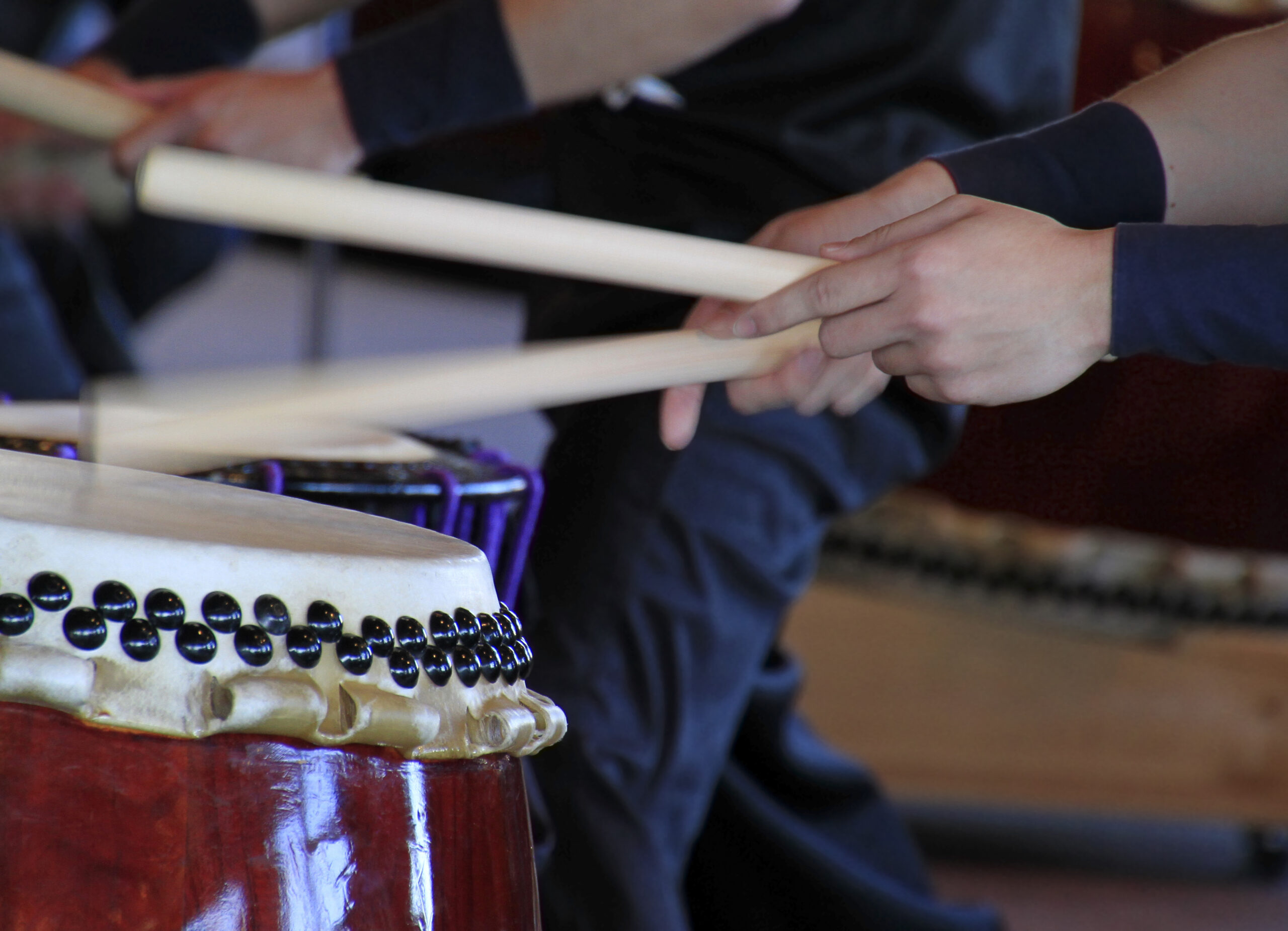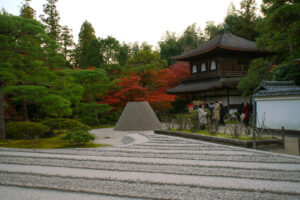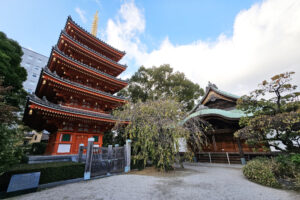In the realm of musical expression, few forms are as visually captivating and sonically powerful as taiko drumming. This traditional Japanese art form combines rhythm, movement, and the spirit of its performers to create an immersive experience for both the player and the audience. "Rhythms of Power: Exploring the World of Taiko Drumming" delves into the heart of this dynamic expression, tracing its historical roots, evolution, and the craftsmanship behind the instruments to the global influence it holds today. As we journey through the world of taiko, we uncover the discipline, innovation, and community spirit that fuel this vibrant tradition.
Rhythms of Power: An Introduction to Taiko
Taiko drumming, with its thunderous sound and mesmerizing performances, has captivated audiences worldwide. This traditional Japanese art form is more than just drumming; it is a blend of music, dance, and martial arts, performed with precision and energy. Taiko’s origins are deeply rooted in Japanese culture, dating back centuries, and its performances were primarily associated with religious ceremonies, festivals, and community gatherings. Today, taiko is celebrated both in Japan and internationally, showcasing the power of rhythm and the universal language of music. The physicality and discipline required in taiko drumming make it a unique performance art that connects deeply with its audiences, transcending cultural barriers.
The Beat of Tradition: Taiko’s Historical Roots
The history of taiko dates back to ancient Japan, where it played a pivotal role in religious ceremonies, warfare, and the Imperial court. Early evidence of taiko can be found in historical texts and artifacts, suggesting its use as a means of communication between villages and as a tool in ritualistic practices. Over the centuries, these drums have become ingrained in various facets of Japanese culture, from the noh and kabuki theater to matsuri (festivals) that celebrate the seasons. The evolution of taiko from these traditional settings to the stage has preserved its historical significance while allowing it to adapt and thrive in contemporary performance contexts.
From Sacred to Stage: The Evolution of Taiko
The transformation of taiko from a sacred instrument used in Shinto rituals to a performance art witnessed on global stages marks a significant evolution in its history. This transition began in the mid-20th century, led by visionary performers who saw the potential for taiko to transcend its traditional roots. Groups like Kodo and Ondekoza were pioneers in this movement, bringing taiko to international audiences and crafting performances that highlighted the drum’s physicality, sound, and cultural significance. This shift not only popularized taiko worldwide but also opened the door for innovation and fusion with other music and dance forms, expanding its reach and versatility.
Crafting the Drums: The Art Behind the Beat
The heart of taiko’s powerful sound lies in the craftsmanship of its drums, which are traditionally made from hollowed-out tree trunks and animal skins. This meticulous process can take several years, from selecting the right wood to curing and carving it, ensuring the drum produces the desired sound. Artisans who specialize in taiko drum making are revered for their skill and dedication to preserving the instrument’s quality and authenticity. The drums come in various sizes, each serving a specific purpose in a performance, from the deep, resonant beats of the o-daiko to the sharp, rhythmic sounds of the shime-daiko.
Masters of Rhythm: Famous Taiko Groups Worldwide
Over the years, several taiko groups have risen to prominence, showcasing the art form on international stages. Kodo, one of the most renowned groups, has been instrumental in popularizing taiko globally, with performances that emphasize the beauty and athleticism of the art. Ondekoza, another influential group, focuses on the physical endurance of its members, often incorporating marathon running into their training regimen. Beyond Japan, groups like San Francisco Taiko Dojo and TaikoProject in the United States have contributed to the global taiko movement, blending traditional techniques with local influences and creating a new wave of taiko performance that resonates worldwide.
The Physicality of Performance: Taiko’s Athleticism
Taiko drumming is a physically demanding art form that requires stamina, strength, and precision. Performers undergo rigorous training to master the intricate rhythms and choreography, often likened to martial arts in its discipline and physicality. The dynamic movements involved in playing the drums, combined with the energy and emotion conveyed through the performance, make taiko a compelling and physically intense form of musical expression. This aspect of taiko not only challenges the performers but also adds to the visual spectacle of the art, making it an exhilarating experience for audiences.
Global Beats: Taiko’s Influence Beyond Japan
Taiko’s reach extends far beyond its origins, influencing musicians and cultures around the world. The art form’s adaptability and appeal have led to the formation of taiko groups in countries across the globe, each bringing their unique interpretation and fusion of styles to the drumming. International festivals and workshops have further facilitated the cross-cultural exchange of taiko, promoting collaboration and innovation. This global community of taiko drummers continues to grow, fostering a shared appreciation for rhythm and the unifying power of music.
The Making of a Taiko Drummer: Training and Discipline
Becoming a taiko drummer involves years of dedicated practice and discipline. Training often begins with mastering the basic strokes and rhythms, gradually progressing to more complex patterns and performance techniques. Physical conditioning, including strength training and cardiovascular exercises, is also integral to a drummer’s development. This disciplined approach ensures that performers can maintain the high energy and precision required in taiko drumming. As students advance, they learn the importance of kiai (spiritual energy), which is believed to infuse their performances with power and emotion.
Taiko in the Digital Age: Preserving Tradition Online
In the digital age, taiko has found new platforms for preservation and growth. Online tutorials, virtual performances, and digital archives have made taiko more accessible to a global audience, breaking down geographical barriers. Social media and video sharing sites have emerged as vital tools for sharing knowledge, connecting performers, and showcasing taiko’s versatility. These digital resources play a crucial role in educating the public about taiko’s history and techniques, ensuring that this traditional art form continues to thrive in the modern world.
Beyond Performance: Taiko’s Role in Community Building
Beyond the stage, taiko plays a significant role in community building and cultural preservation. Taiko groups often engage in educational outreach, offering workshops and performances that bring people together and celebrate cultural diversity. This aspect of taiko underscores its potential to foster connections and understanding among individuals from different backgrounds. Through community-based performances and events, taiko drumming promotes inclusivity, unity, and the appreciation of cultural heritage, reinforcing its value as a tool for social engagement and empowerment.
Innovations in Taiko: Blending with Modern Music Genres
In recent years, taiko has experienced a wave of innovation, with artists experimenting by blending traditional drumming techniques with contemporary music genres. This fusion has resulted in exciting new sounds and performances that challenge the conventional boundaries of taiko. Collaborations with jazz musicians, electronic artists, and orchestras have enriched the taiko repertoire, demonstrating its versatility and potential for evolution. These innovative approaches not only breathe new life into taiko but also attract a broader audience, ensuring the art form’s continued relevance and vitality.
The Future of Taiko Drumming: Trends and Predictions
As taiko drumming continues to evolve, the future holds promising trends and possibilities. The growing global community of taiko practitioners and enthusiasts suggests an increasing openness to collaboration and experimentation. Advances in technology offer new ways to enhance performance and reach audiences, while the emphasis on cultural exchange and education promotes a deeper understanding and appreciation of taiko. As we look ahead, taiko’s rich tradition, combined with its capacity for innovation, positions it as a dynamic and enduring art form that will continue to inspire and unite people across the world.
The pulsating rhythms of taiko drumming have resonated through time, transcending cultural and linguistic boundaries to emerge as a powerful form of expression and connection. From its historical roots to its contemporary innovations, taiko embodies a blend of tradition and modernity, physicality and spirituality, community and individuality. As we’ve explored the world of taiko drumming, it’s clear that this art form is much more than performance; it’s a celebration of life, a testament to the enduring power of rhythm, and a bridge that connects us all. The future of taiko is as boundless as the energy that fuels it, promising continued growth, transformation, and global harmony.








